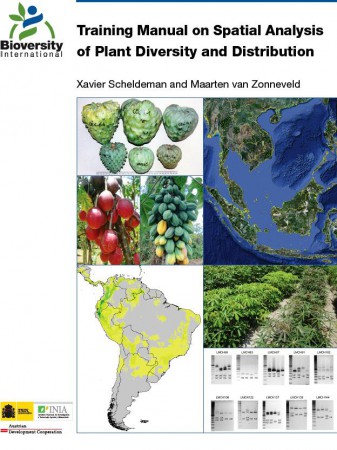OK, so we’re trying an experiment, siphoning off Nibbles about research, often in peer-reviewed journals, into their own hi-falutin’ cookie jar. We’ll probably publish once a week. And being here doesn’t mean we won’t revisit them later.
- Genetic diversity of a parasitic weed, Striga hermonthica, on sorghum and pearl millet in Mali. The parasite is diverse, but no differences in parasitized fields.
- Genetic differentiation among Sri Lankan traditional rice (Oryza sativa) varieties and wild rice species by AFLP markers. Four major clusters agree with morphology.
- Genetic variation in farmed populations of the gilthead sea bream Sparus aurata in Greece using microsatellite DNA markers. Farmed are less diverse and less heterozygous.
- Restoration of hay meadows on ex-arable land: commercial seed mixtures vs. spontaneous succession. No difference in long-term diversity, but there are other considerations.
- Bio-available zinc in rice seeds is increased by activation tagging of nicotianamine synthase. It works.
- Soil fauna alter the effects of litter composition on nitrogen cycling in a mineral soil. It’s complex; larger fauna affect N dynamics.
- Dry matter yield, nitrogen content, and competition in pea–cereal intercropping systems. Intercrops are more productive and deliver higher forage quality.
So what do you reckon? Is this worthwhile?
 Great to see “
Great to see “